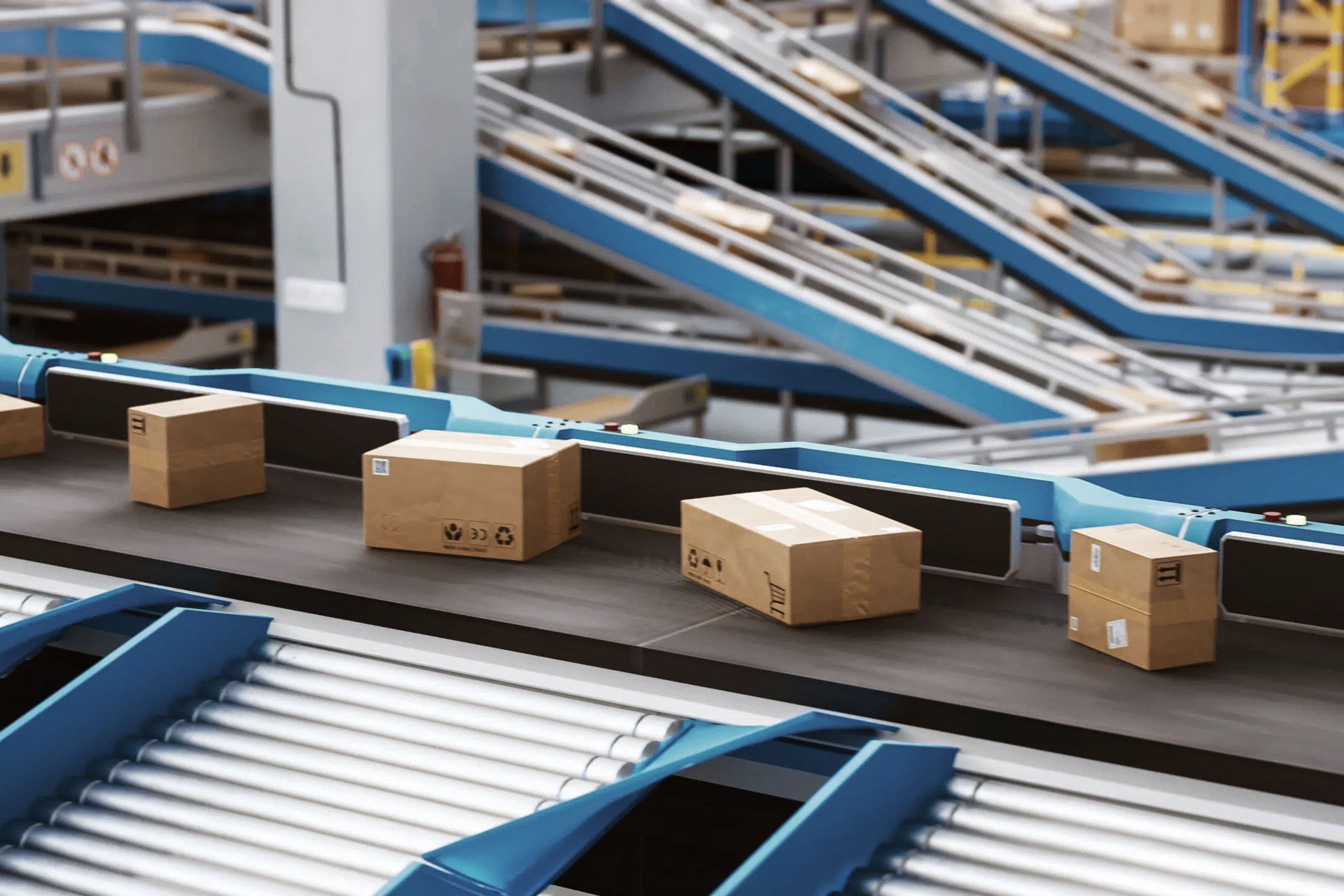
Built to solve, not just to build.
Sparq helps leaders de-risk transformation, fusing problem-first thinking, deep technical craftsmanship, and fast, flawless delivery to create solutions that stick, scale, and prove their worth.

Sparq helps leaders de-risk transformation, fusing problem-first thinking, deep technical craftsmanship, and fast, flawless delivery to create solutions that stick, scale, and prove their worth.
How We Deliver Impact
Enduring outcomes start by solving what matters most. With strategic rigor and engineering craft, we empower leaders with the confidence to make bold bets that pay off!

A full bench of end-to-end technologists, architects, and engineers, paired with the precision of true craftsmanship. We turn a wide range of tools into creative solutions that solve the most challenging problems. No challenge is too complex, and no solution is half-built.
AI is woven into strategy and delivery - not as hype or heavy infrastructure, but to illuminate solutions once thought impossible. We create safe, outcomes-based paths that prove ROI early, while keeping space for experimentation.

We bring the scale and technical depth to tackle enterprise-grade challenges with a boutique delivery experience - fast, precise, and personal. Acting as an extension of your team, we carry weight without ego, accelerate impact, and make every engagement seamless and collaborative.




























THE RESULTS
products built
years solving complex challenges
How we work
We combine product strategy and design, engineering and AI to solve the right problems not just code what’s asked.
AI is baked in from day one not bolted on. It’s used at every stage of product development for maximum velocity from strategy to shipped.
AI doesn’t replace people, it makes us sharper, faster and more scalable. It’s a force multiplier, not a shortcut.
If it doesn’t drive measurable business value, we don’t build it. That’s how we deliver results 30% faster.
case studies

From long lines to lightning-fast entry - a major U.S. stadium faced severe bag check delays after stricter security rules. Learn how Sparq used AI technology to build a mobile app that validated bags objectively and consistently, transforming fan experience, reducing staff stress, and creating tech with applications beyond stadium security.

Facing six-week engineering delays, a global manufacturer needed a smarter way to deliver on tight client deadlines. Learn how Sparq built an AI-powered solution that cut manual analysis by 95%, slashed costs, and turned lead times into days, proving the power of AI in manufacturing.